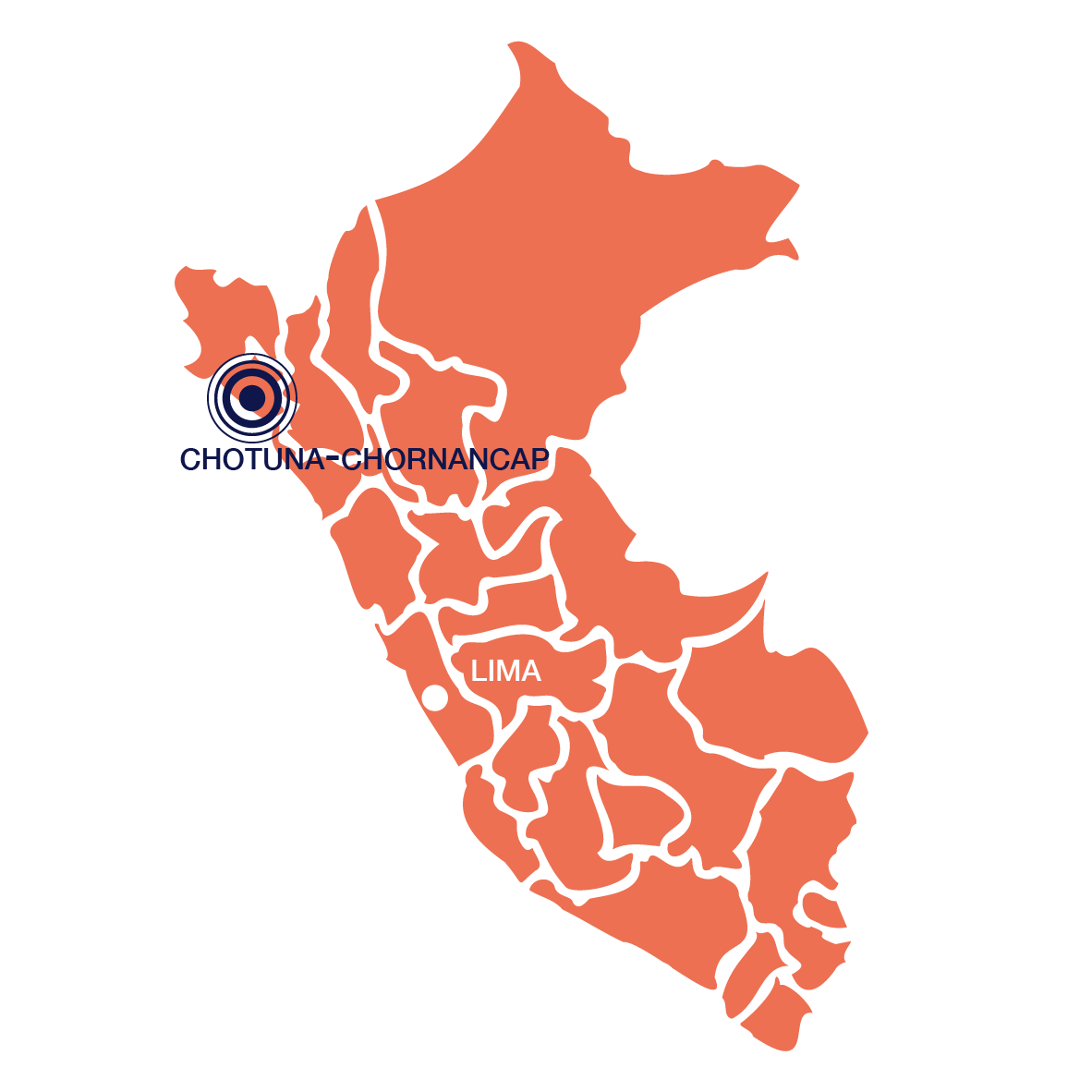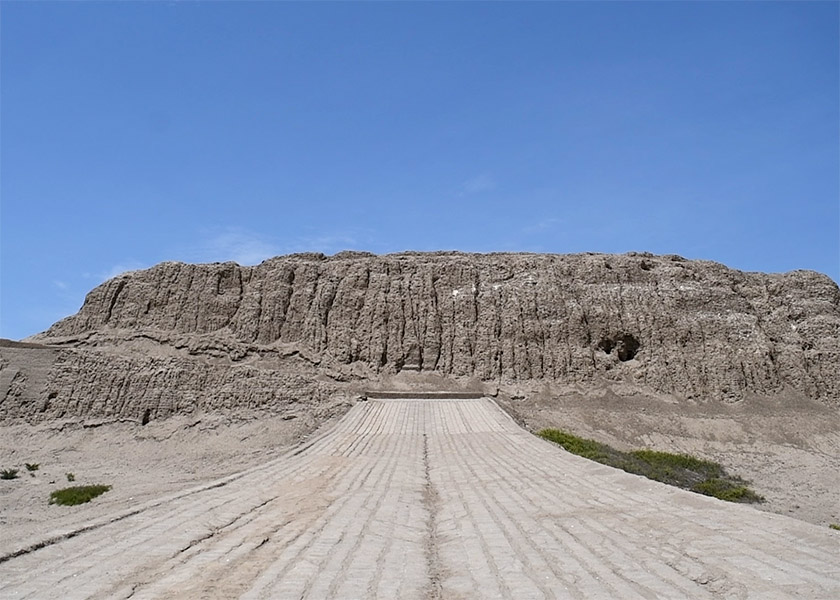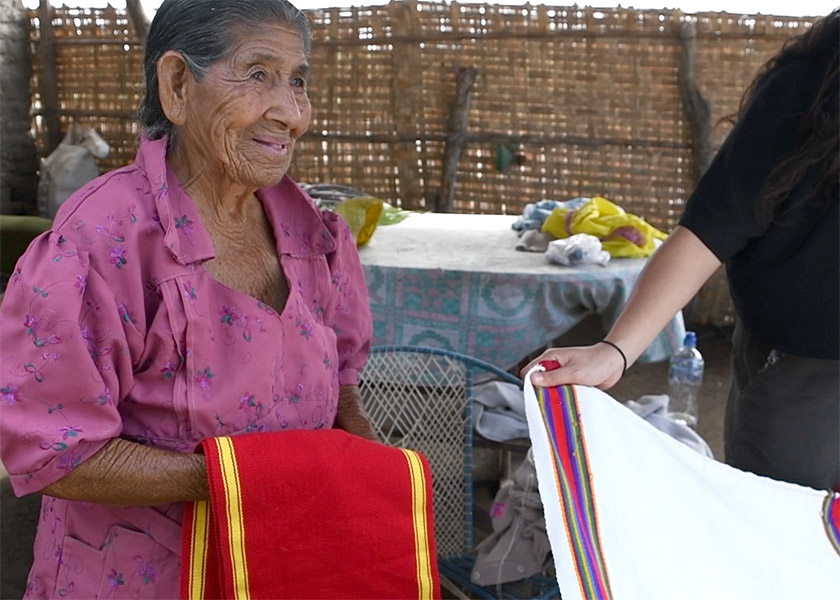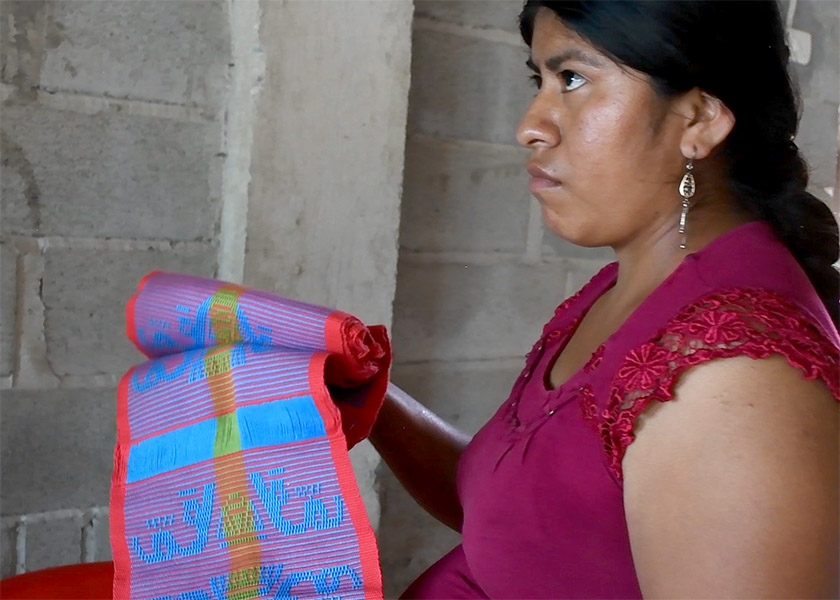ASSOCIATION CETERNI
Restoring ancestral knowledge to fight against patriarchy
The little known treasures of the northern peruvian coast
The north coast of Peru is not well known outside of its borders. It is however the cradle of many richnesses which made the country renowned.
It is a desert landscape, interspersed by some fertile valleys formed by rivers born in the Andean glaciers. A land shaped by the hand of Man long before the arrival of the Spaniards, with ancestral irrigation canals and huge pyramids that look like hills, so much they have been eroded by the floods caused by the El Niño phenomenon. 2000 years ago, it was the land of the best goldsmiths of South America, before the Inca Empire subdued them and inherited the secrets of their gold and silver jewelry.

A thousand-year old priestess that may change the lives of today’s women
As everywhere in the country, the archaeological sites of the north of Peru do not cease to unveil extraordinary revelation. It is the case of the impressive pyramidal complex of Chotuna-Chornancap, a couple of pyramids close to the city of Lambayeque. In 2011, one discovered there the tomb of a richly dressed priestess, with ornaments and jewelry that indicated the importance she had during her lifetime, in the 13th century after Jesus Christ.
The discovery was all the more striking for the archaeologists as it contrasted with the reality of contemporary women in the region. Indeed, the hamlets around Chotuna-Chornancap, hidden between the rice fields and the lands, follow a very rigid patriarchal order. Families rarely go to the nearby city of Lambayeque, and gender roles are clear: the man fishes and works in the fields, the woman stays at home. Worse: it is still customary for men to kidnap the women they wish to marry, and then negotiate a ransom with her parents. This explains the important school desertion of young girls.



However, the discovery of the tomb of the priestess could well change the situation. Indeed, the scientists of the archaeological complex have established an alliance with some women of the surroundings, who manage to sell their handicraft textiles in the archaeological museums. In return, the archaeologists present to them the motifs and designs discovered during their excavations so that they make products that reflect the richness of the archaeological site. The income they obtain from their sales allows the women to become independent from their husbands, and in the schools, the story of the priestess of Chotuna, illustrious ancestor, becomes an inspiration for the young girls of the villages...
Manuel-Antonio Monteagudo








